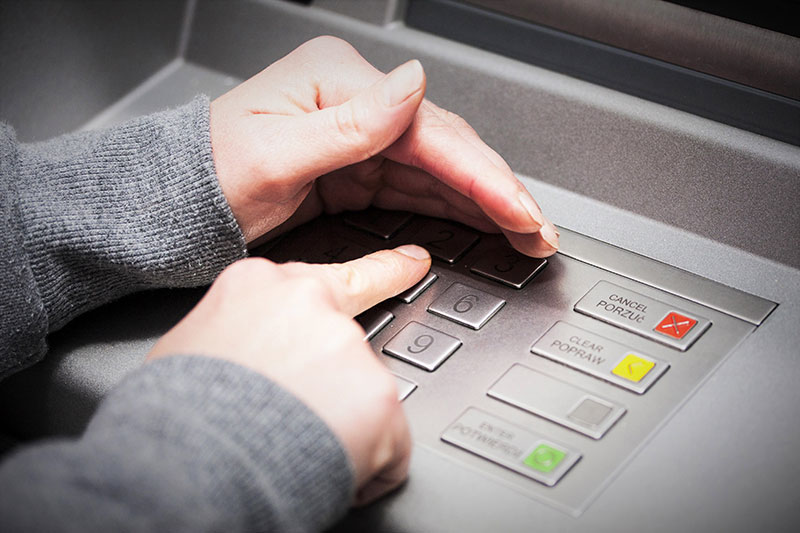

Card skimmers are small, electronic devices secretly installed by thieves at payment terminals such as gas pumps and ATMs. Less prevalent, but still targets, are restaurants and retail stores. When someone swipes their card to make a payment, these devices steal the information off the card’s magnetic stripe. The stolen data is then used to make fraudulent purchases or create counterfeit cards.
Sometimes a tiny camera is planted to record cardholders entering a PIN number into an ATM. PIN numbers can also be stolen via fake keypads placed over a real ATM keypad. It is estimated that skimming costs financial institutions and consumers more than $1 billion each year.

Although skimmers can be hard to spot, they can usually be discerned by doing quick visual or physical inspections before swiping or inserting a card. They are often placed on top of the actual card reader making it stick out at an odd angle or cover arrows in a panel. Compare the card reader to others at a neighboring ATM or gas pump and look out for any differences.
Here Are Some Tips from The FBI:
Other Ways Cards Can Be Skimmed
It’s much more difficult for a thief to install a card skimmer on a point-of-sale (POS) system at a retail store, but it can happen. Make sure the card reader looks as it should. If a restaurant is involved in a scam, there may be no way to know because cards are often handed to the server who can then swipe the card through a skimmer before giving it back to the customer.
Best Practices to Avoid Getting Skimmed
Keep an Eye On Things
Regularly monitor your card activity. Check bank statements or, even better, access your account online to review. Report suspicious activity as soon as possible.